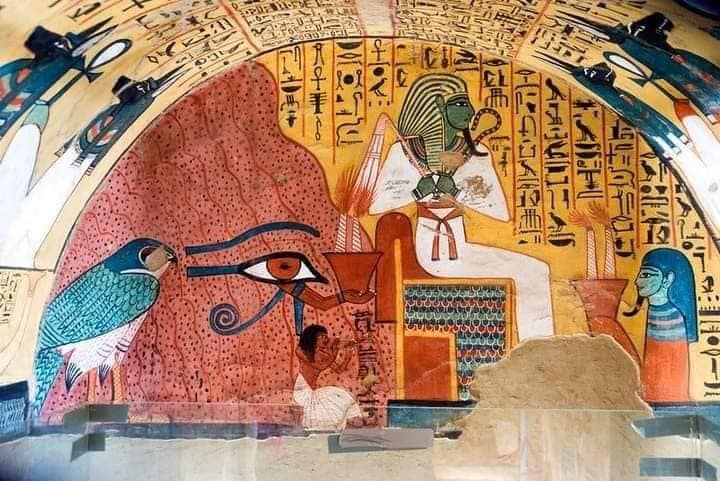Medicine in ancient Egypt
The Ebers Papyrus is the oldest historical record of a preserved medicinal document and the largest papyrus in the world has been found so far, as it is 3,500 years old (written about 1600: 1550 BC) and consists of 110 pages of 21 meters long, including nearly 700 medicinal prescriptions For many medical conditions.
In addition to treating burns, wounds, and crocodile bites, the document also included treatment for other diseases, including diabetes, arthritis, gynaecological diseases, dentistry, migraines, asthma, contraceptives, mental illnesses such as depression, in addition to a very accurate description of cardiovascular diseases. Based on the description and treatment of heart diseases in the current era, it is mentioned that the papyrus was named in honour of the ancient Egyptologist of German origin, Görüge Ypres, who bought it in Luxor in 1872 AD, and currently, the document is in the library of “Leipzig” University in Germany.
Examples of materials that they used in treatment areas mentioned in the papyrus
Liver, which contains large amounts of vitamin A.
The bitterness of ox, liver, calf and pig because they contain the same vitamin.
Fish, yellow, and fat.
Safflower and shisha (still used in rural Egypt and Sudan).
Snake grease (mixed with rose oil).
It is worth noting that the papyrus, according to this approximate date, goes back to the Second Intermediate Period. The Ebers Papyrus was documented in a commemorative Egyptian postage stamp from the 1970s on World Health Day for Diabetes. The memory of the Ebers Papyrus commemorates with a picture of the Egyptian physician “Hassi Ra” from the Old Kingdom.


Comment (0)